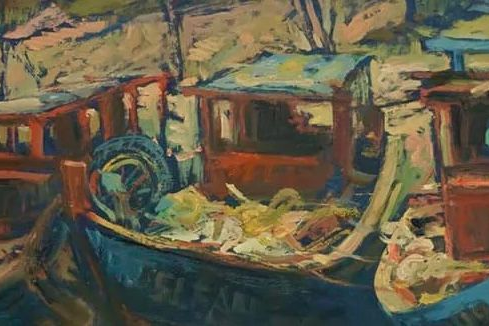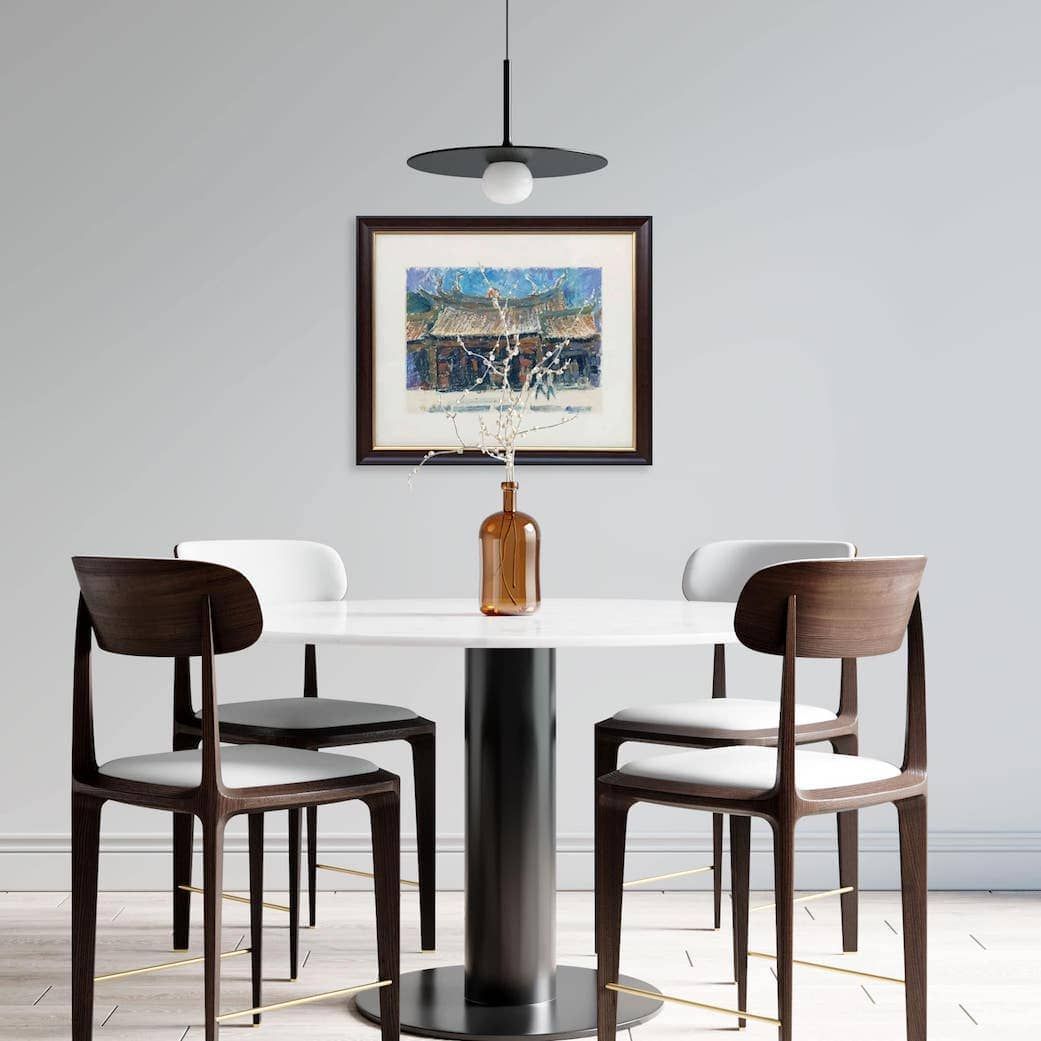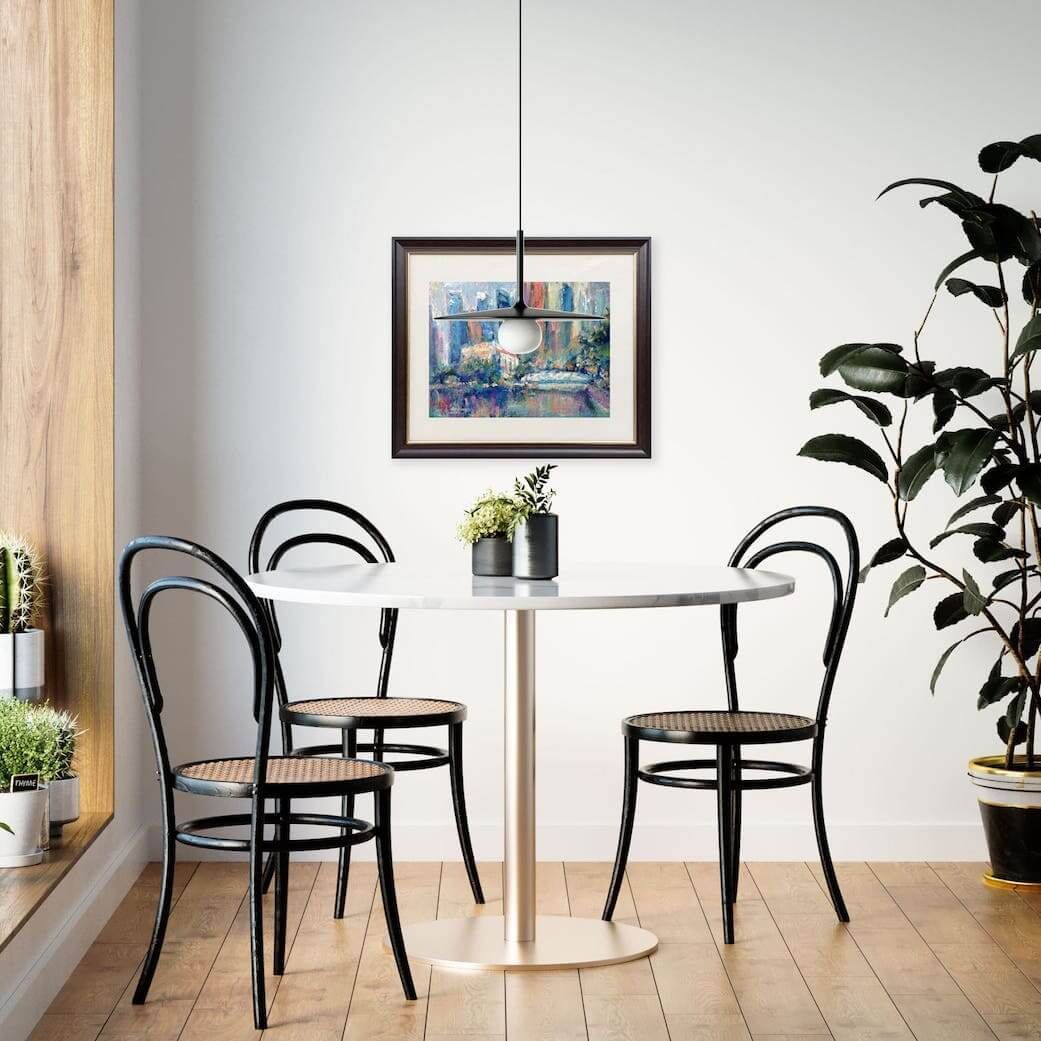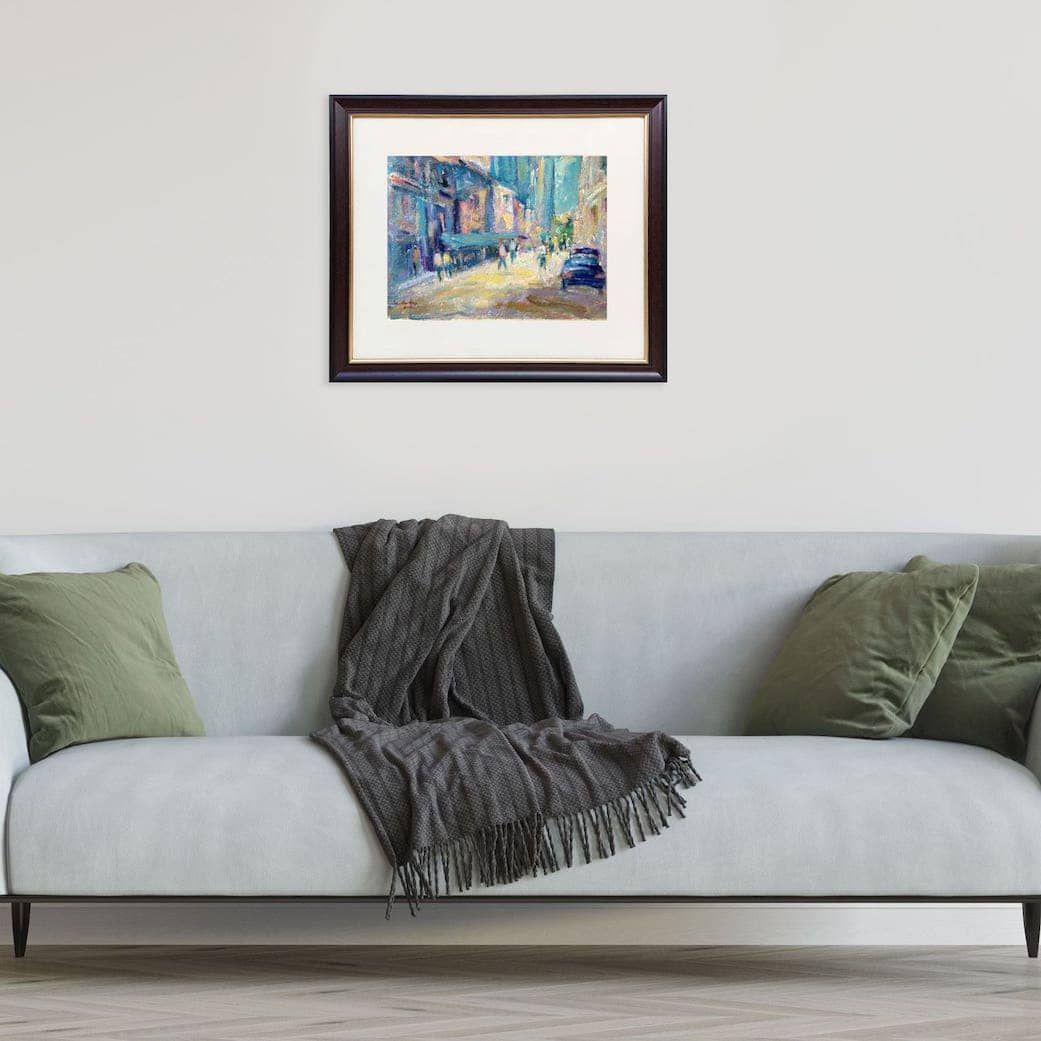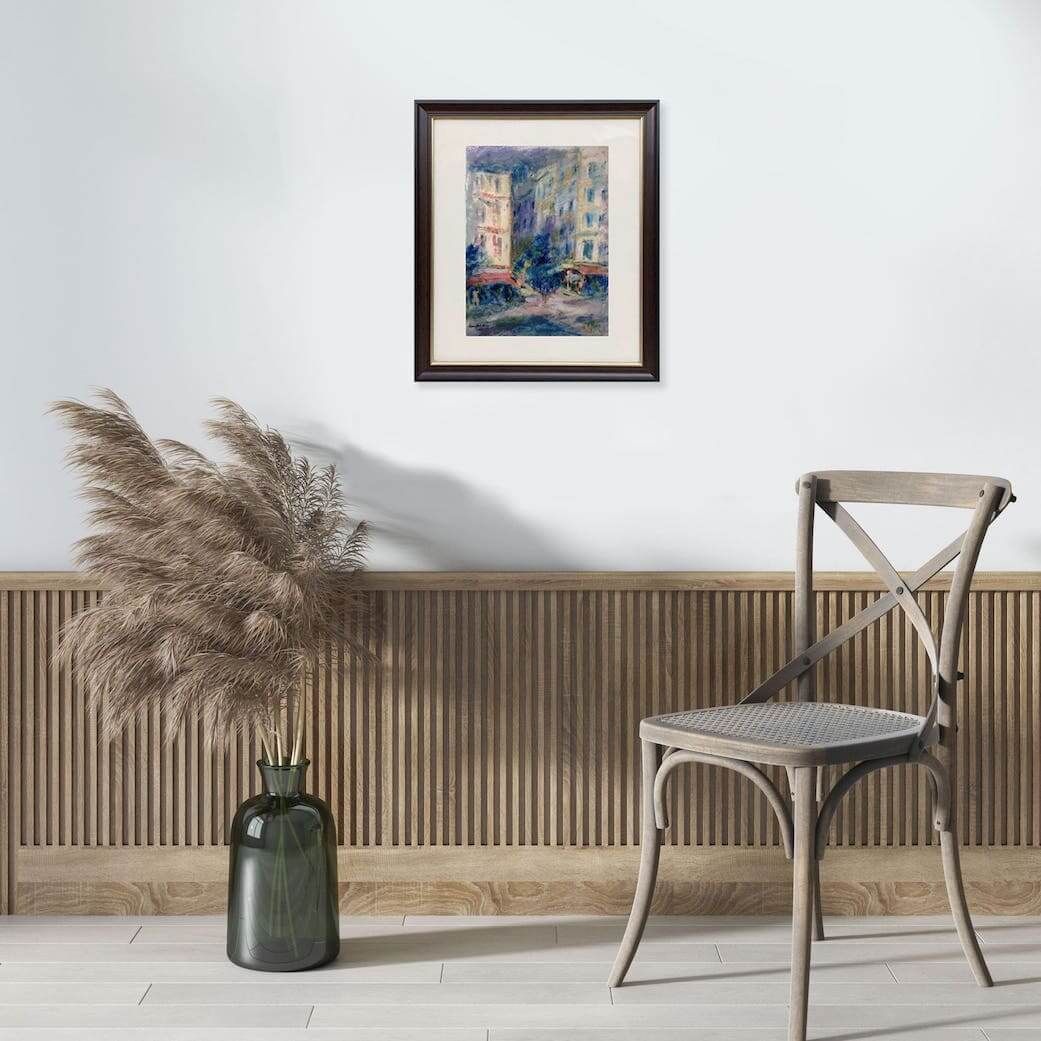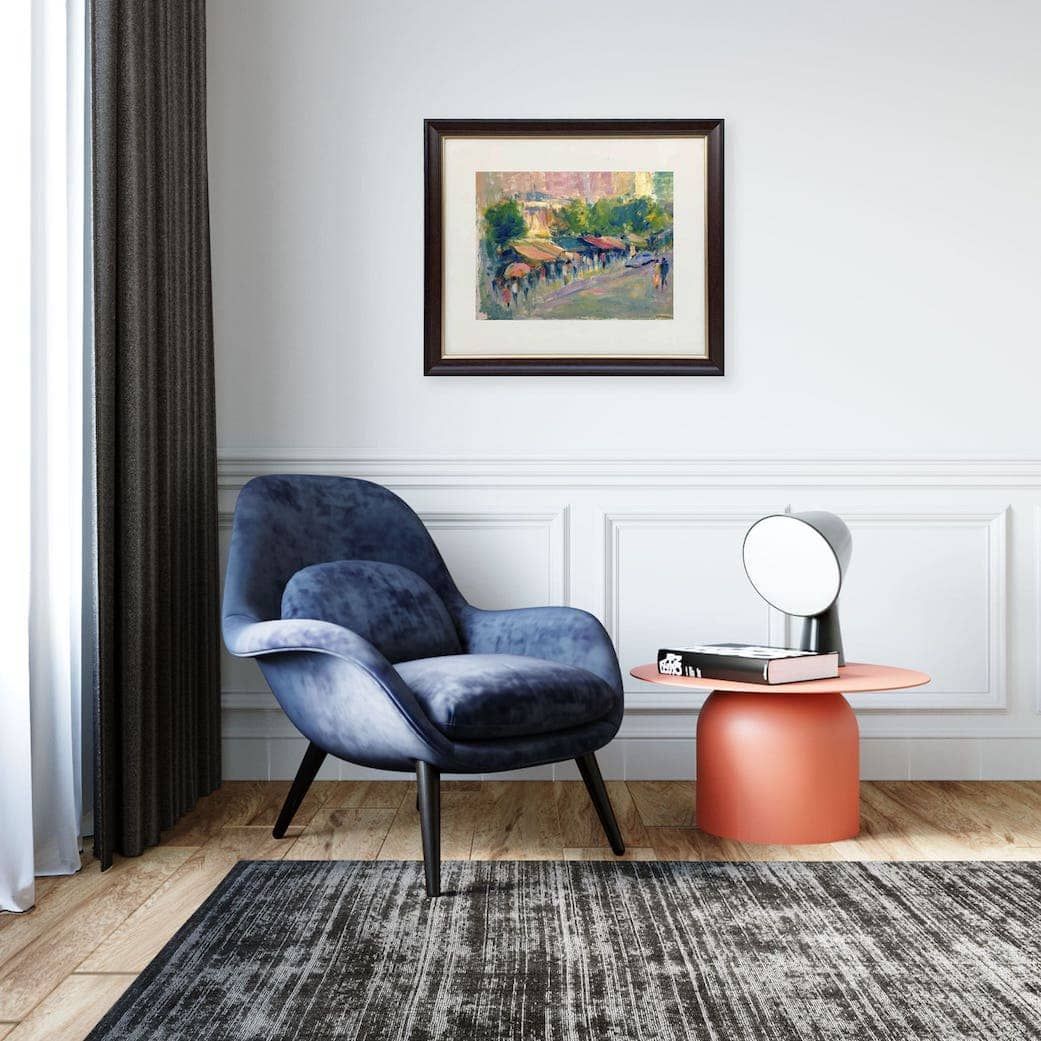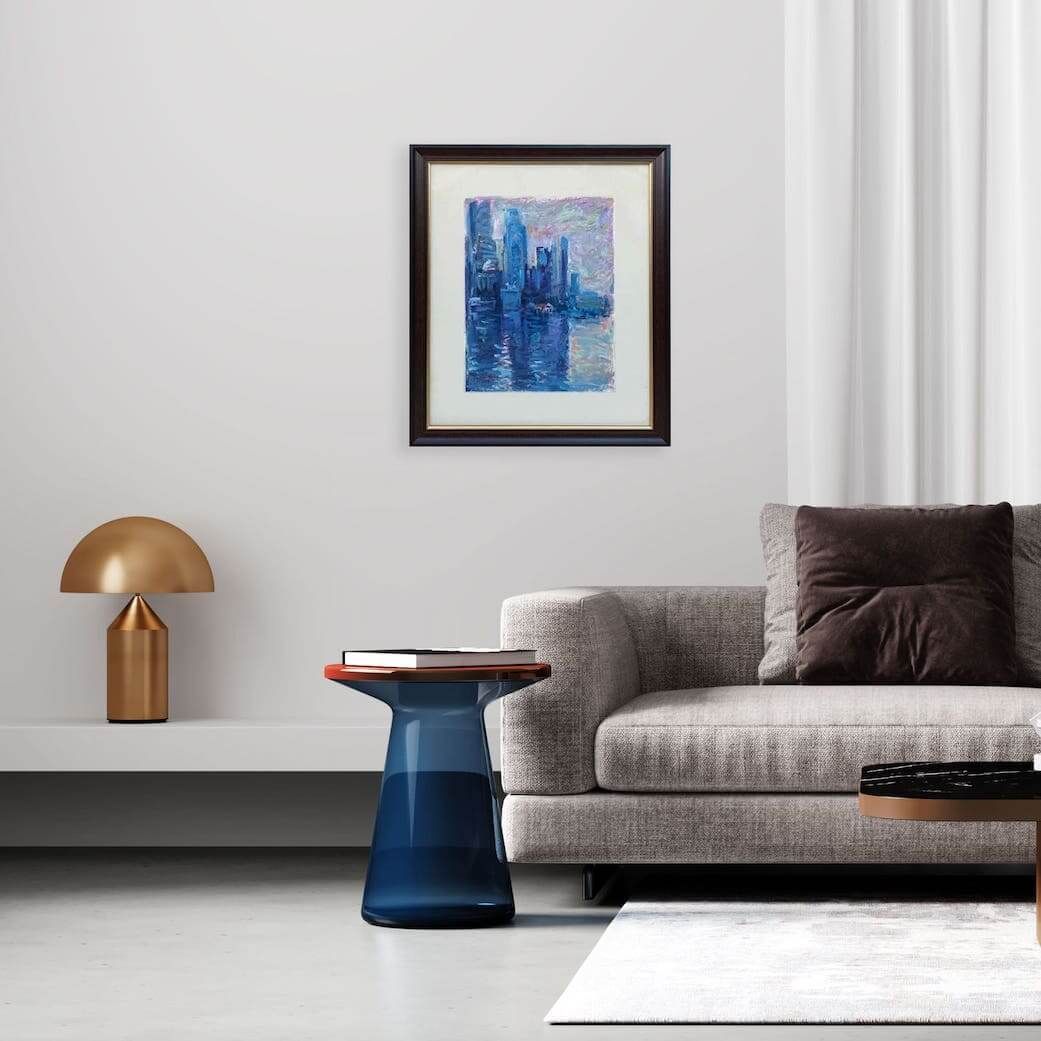Styling Up Your Gaze: Appreciating Art Based on Different Painting Styles
Styling Up Your Gaze: Appreciating Art Based on Different Painting Styles
Just as every artist has a unique voice, different art movements and styles offer distinct ways of seeing the world.
Understanding these can profoundly enhance your art appreciation. Here is how to appreciate art based on different painting styles:
Abstract Art
This can be a head-scratcher for some, but it is incredibly rewarding!
Abstract art does not depict recognisable reality. Instead, it uses shapes, colours, rhythms, forms, and gestural marks to evoke emotions, ideas, or purely aesthetic experiences.
Appreciate the artist's exploration of form for form's sake, the balance of elements, and how the colours and lines make you feel.
Allow yourself to feel the emotions conveyed through the colours and forms, and consider what the piece makes you think about or how it resonates with your personal experiences.
Chinese Painting (Guóhuà)
Read from top to bottom or right to left, it is often characterised by its strong connection to nature, poetry, and philosophy.
Chinese painting often emphasises harmony and balance.
Look for the expressive brushwork, the careful composition that often incorporates empty space, and the poetic integration and the subtle narratives conveyed through symbolic elements like mountains, water, and plants.
Reflect on the cultural significance of the subject matter and the philosophy behind the art.
Realism
The goal here is to depict subjects as they appear in real life, often with great detail, without embellishment.
Appreciate the artist's technique and skill in capturing likeness, texture, emotion, light, and shadow, and the way they tell the story by bringing everyday scenes to life.
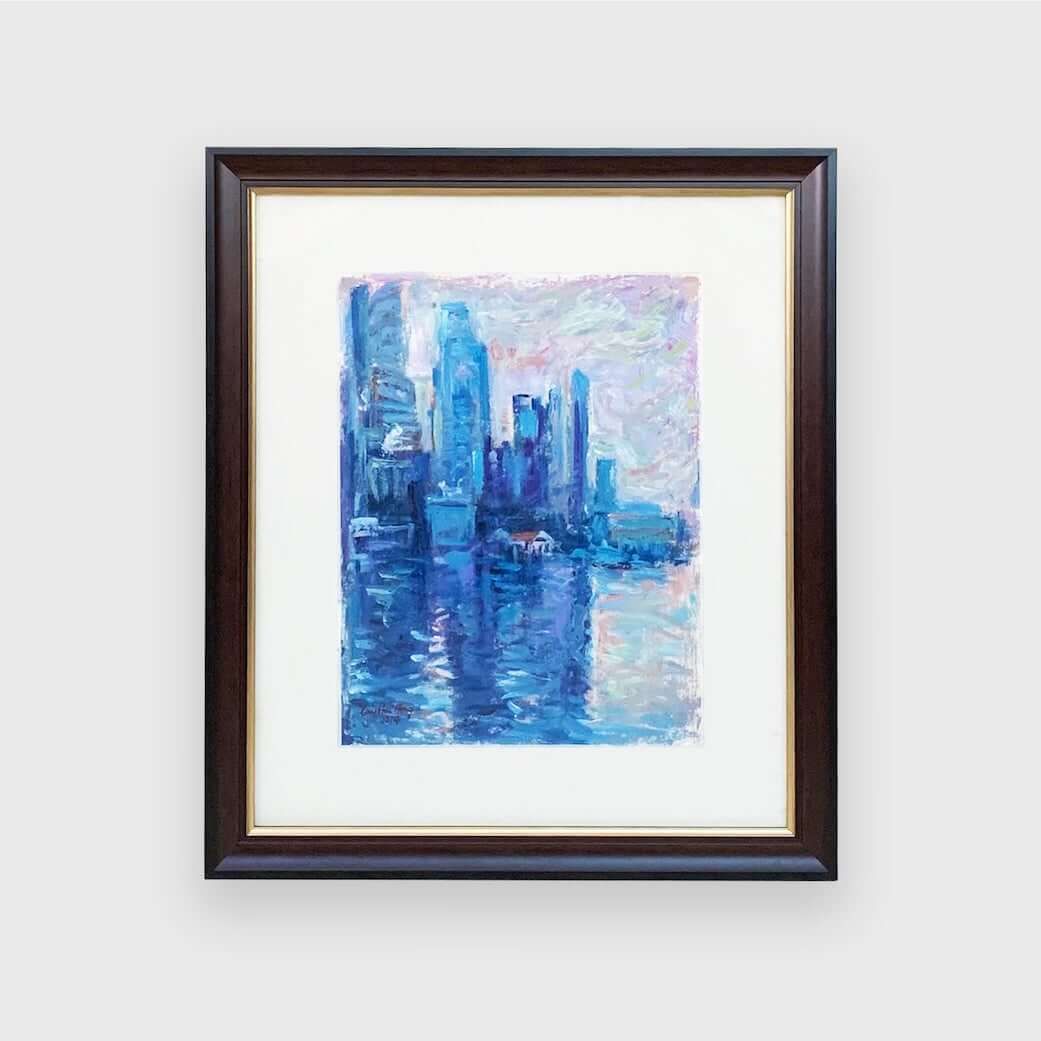
Painterly
In contrast to crisp realism, "painterly" art emphasises the visible brushstrokes and the dynamic surfaces produced by the texture of the paint itself.
You can see the artist's hand at work! Appreciate the expressive quality of the strokes, the way colours are laid down, and the energy it conveys.
Impressionism
Think light, fleeting moments, and the way colour and light interact!
Impressionists used visible brushstrokes and vibrant, unblended colours to capture the "impression" of a scene. It is not about precision—it is about impression.
Appreciate the shimmering quality, the focus on atmospheric effects, and the vibrant energy. Pay attention to the brush strokes and how they create movement.
Reflect on the fleeting moments captured in the artwork and the emotions they evoke.
Expressionism
Expressionism emphasises emotional experience over physical reality. Colours can be bold and unnatural, and forms can be distorted.
Consider the feelings conveyed through colours, shapes, and forms. Appreciate the raw emotion, the psychological depth, and the powerful, often unsettling, impact.
Reflect on how the artist’s emotional state influences the work and how it resonates with your own feelings.
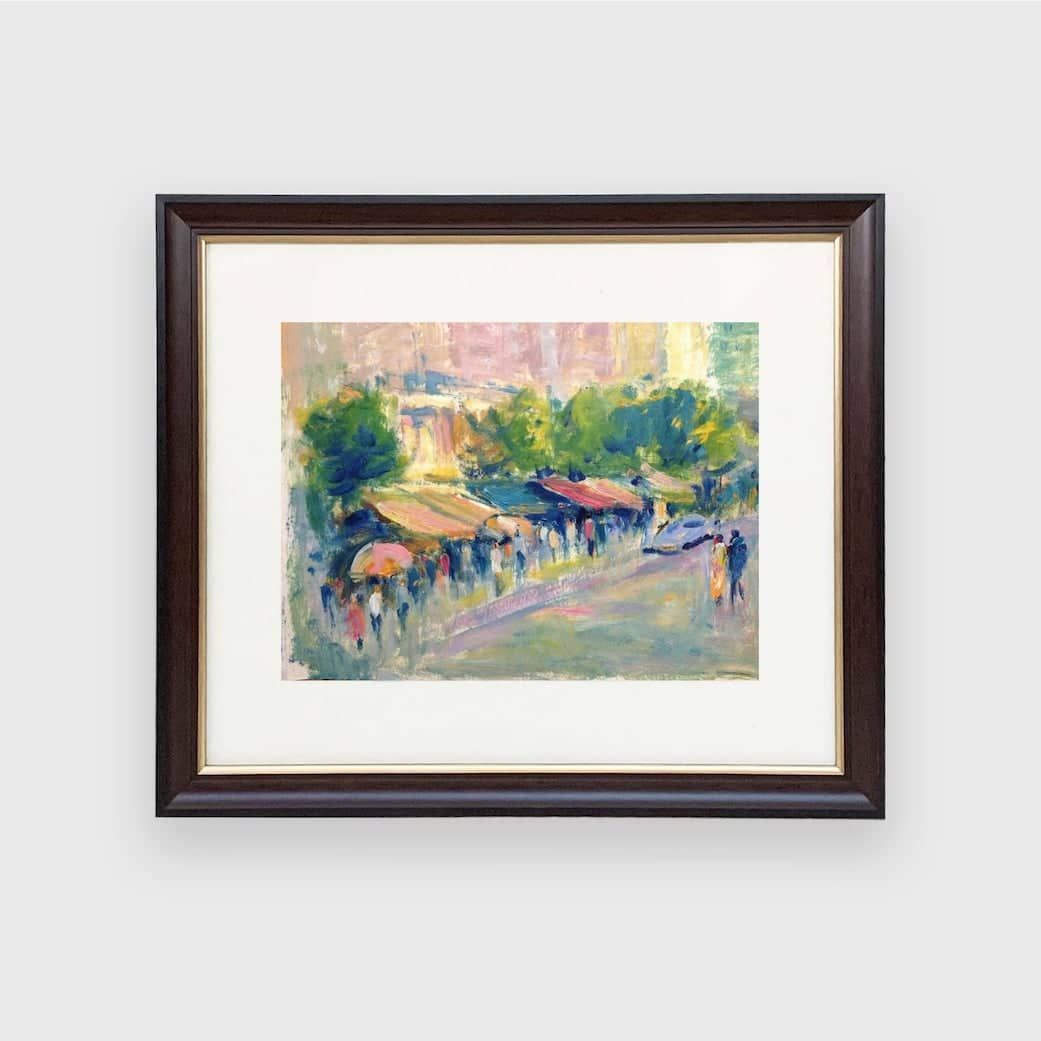
Fauvism
Fauvism is characterised by bold colours and simplified forms.
Known for its wild, vibrant, and often non-naturalistic use of colour. "Fauves" (wild beasts) were not afraid to use bright blues for tree trunks or purple for faces!
Appreciate the exhilarating use of colour for emotional impact and its joyful, liberating energy.
Notice the emotional impact of the colour choices and how they deviate from realistic representation.
Reflect on how the use of colour can alter the perception of the subject.
Cubism
Pioneered by Picasso and Braque, Cubism breaks down subjects into geometric shapes and reassembles them, often showing multiple perspectives simultaneously.
Appreciate the intellectual challenge, the deconstruction of form, and the way it makes you see objects from new angles.
Explore how the artist reinterprets reality. Consider the complexity of the composition and how it challenges traditional perspectives.
Photorealism
As the name suggests, this style aims to create paintings that look like high-resolution photographs.
Appreciate the patience, the incredible technical skill, the meticulous detail and precision, and often, the subtle commentary on everyday life or consumer culture.
Reflect on the skill involved in creating such lifelike representations.
Surrealism
Dreamlike, illogical, and often unsettling, Surrealism explores the subconscious mind, juxtaposing ordinary objects in extraordinary ways.
Appreciate the imaginative power, the bizarre narratives, and the way it makes you question reality.
Allow your imagination to wander. Consider the symbolism and themes presented, and think about how they relate to human experience and emotion.
